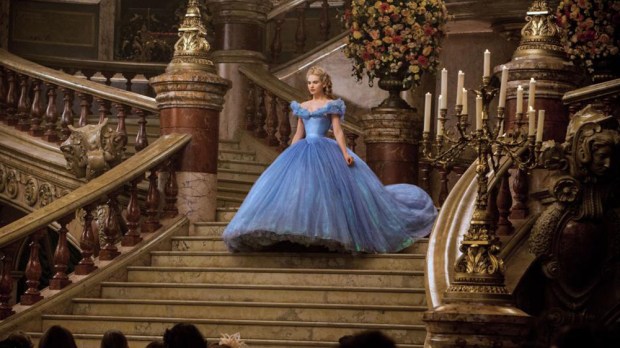Lenten Campaign 2025
This content is free of charge, as are all our articles.
Support us with a donation that is tax-deductible and enable us to continue to reach millions of readers.
There’s something irresistibly fascinating about fairy tales. They’re everywhere in our culture, but their origins are such a mystery.
Fairy tales hold a powerful and rather inexplicable pull. They are usually very strange and don’t make a lot of sense at face value.
Yet we keep telling them to our kids. We keep using them as inspiration for our movies, our books, our music, our Halloween costumes, our games.
Butwhat are fairy tales, exactly? What purpose do they serve?
One popular theory is that fairy tales emerge from fundamental instincts that all humans share. Their symbols and archetypes are common to all of humanity, appealing to every person’s soul.
This means that fairy tales remind us of certain universal truths in a memorable and even shocking way. They tell us something about what it means to be human.
Hidden truths
I find this theory fascinating so over the years, I’ve played a game of trying to figure out what truths fairy tales hold. What lessons do they reveal from our collective understanding?
Some of these lessons are entertaining and fairly obvious. (I’m thinking here of the original stories, not the Disneyfied versions that are pretty far removed from the original source material.)
The Three Little Pigs, for example, holds a moral about preparing ourselves for the worst case scenario, even if it’s more work upfront. Duly noted to build our houses from bricks and not take the easy way out with straw.
Goldilocks reminds us not to go into other people’s houses uninvited. Broadly speaking, it’s a cautionary tale against taking what doesn’t belong to us.
Beauty and the Beast is a fanciful way of saying that we should look past appearances to what’s in the heart.
You get the idea. It’s interesting to think about, especially considering that most stories offer more than one insight, or hold different meanings at different times in our lives.
The Cinderella Mystery
I’ve been trying to figure out the deeper meanings of fairy tales for years, but one story always eluded me: Cinderella. What on earth could the Cinderella story possibly mean? From what deeper truth does this odd story emerge?
At first glance, it seems like nothing but an escapist fantasy. A young woman living in sorrow and hardship is saved through an unlikely marriage to a noble prince, her goodness finally recognized and rewarded. Is it just a bit of pleasant wishful thinking for anyone going through a hard time?
Cinderella is even more perplexing because the story is so universal. Folklore scholars (yes, this is a real job, and I’m jealous) have found more than 700 different variants on the Cinderella story from around the world. These are a few of the versions:
- Ye Xian is Cinderella’s name in a Chinese variant that’s estimated to be over 2,200 years old
- The indigenous Abenaki of Canada tell a Cinderella story that honors the heroine’s truthfulness
- Nyasha is the heroine of Mufaro’s Beautiful Daughters, a Cinderella story from Zimbabwe
- Russia has a Cinderella variant about Vasilisa the Beautiful
- Tattercoats is Cinderella’s name in a variant from England
It seems that most cultures have their own version of the Cinderella story. So the story is everywhere, but its lesson baffled me.
Trying to figure it out became a little exasperating. What is it about this story that captures us? Why on earth has this story become one of our most popular and enduring legends all over the world? What truth about the human psyche could it possibly divulge?
Slowly, something began to add up. Tell me if any of this sounds oddly familiar to you.
- A young woman is born into a happy loving home—a sort of “Garden of Eden”
- Later she finds herself living in a harsh environment of sorrow—a “vale of tears” or “fallen world,” if you will
- She acts with saintly virtue, in a sacrificial and generous way, despite hardships and unkind treatment
- A good and noble prince rescues her and wishes to make her his bride
- The prince takes her to a heavenly palace of light, love and happiness, where her goodness is finally recognized
- Malignant forces try to prevent her from reaching this better world, but her prince’s love for her and her faithful devotion win the day
Add in the fact that the Church is the “Bride of Christ,” and I think you see where this is going.
This might be totally far-fetched, but is it possible this story is actually a way to understand and recognize the Christian message? Could it be that God encoded this story deep into our minds as a way to lead us to Him?
It’s wild to think about a fairy tale serving such a purpose. But we know that the universe is filled with signs of God’s presence. So I can’t help wondering if the same God who wrote His law on our hearts (Jeremiah 31:33) could have left us this clue to His purpose hiding in plain sight.


